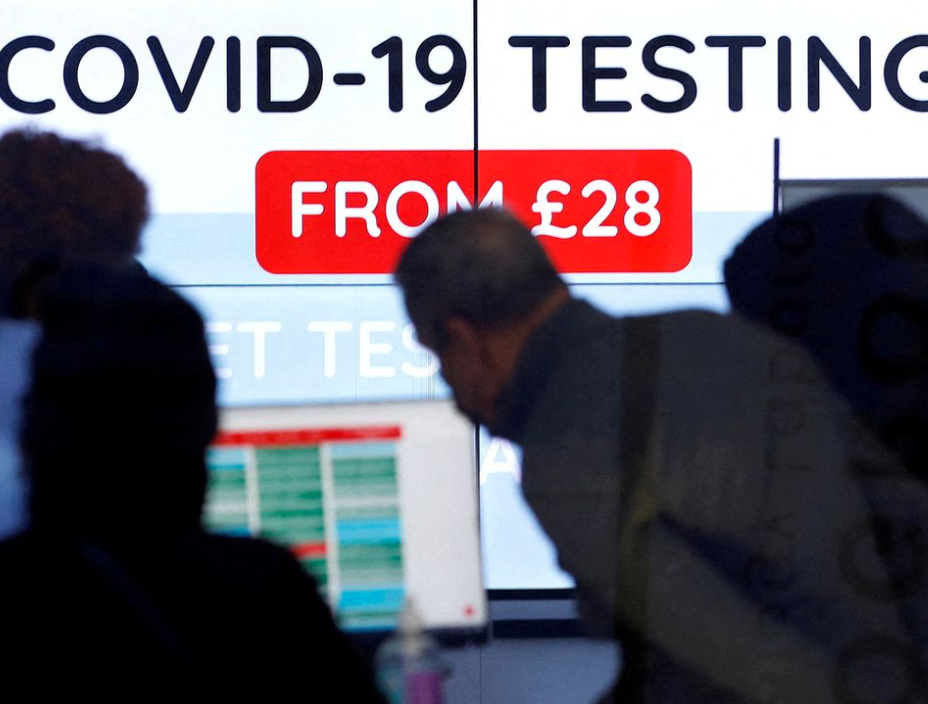
Reuters
Individual Analyses of Bias in Reuters Articles
In addition to conducting full-scale reviews of media outlets for overall bias — using methodologies such as Blind Bias Surveys and Editorial Reviews — AllSides sometimes evaluates the bias of an individual news article for bias.
The AllSides editorial team has detected common types of media bias in some individual Reuters articles, including word choice bias, bias by placement, slant, and spin. Read our analysis of each story on the AllSides Perspectives blog:
London/Chicago, Aug 1 (Reuters) - As the third winter of the coronavirus pandemic looms in the northern hemisphere, scientists are warning weary governments and populations alike to brace for more waves of COVID-19.
In the United States alone, there could be up to a million infections a day this winter, Chris Murray, head of the Institute of Health Metrics and Evaluation (IHME), an independent modeling group at the University of Washington that has been tracking the pandemic, told Reuters. That would be around double the current daily tally.
Across the United Kingdom and Europe, scientists predict a series of COVID waves, as people spend more time indoors during the colder months, this time with nearly no masking or social distancing restrictions in place.
However, while cases may surge again in the coming months, deaths and hospitalizations are unlikely to rise with the same intensity, the experts said, helped by vaccination and booster drives, previous infection, milder variants and the availability of highly effective COVID treatments.
"The people who are at greatest risk are those who have never seen the virus, and there's almost nobody left," said Murray.
These forecasts raise new questions about when countries will move out of the COVID emergency phase and into a state of endemic disease, where communities with high vaccination rates see smaller outbreaks, possibly on a seasonal basis.











